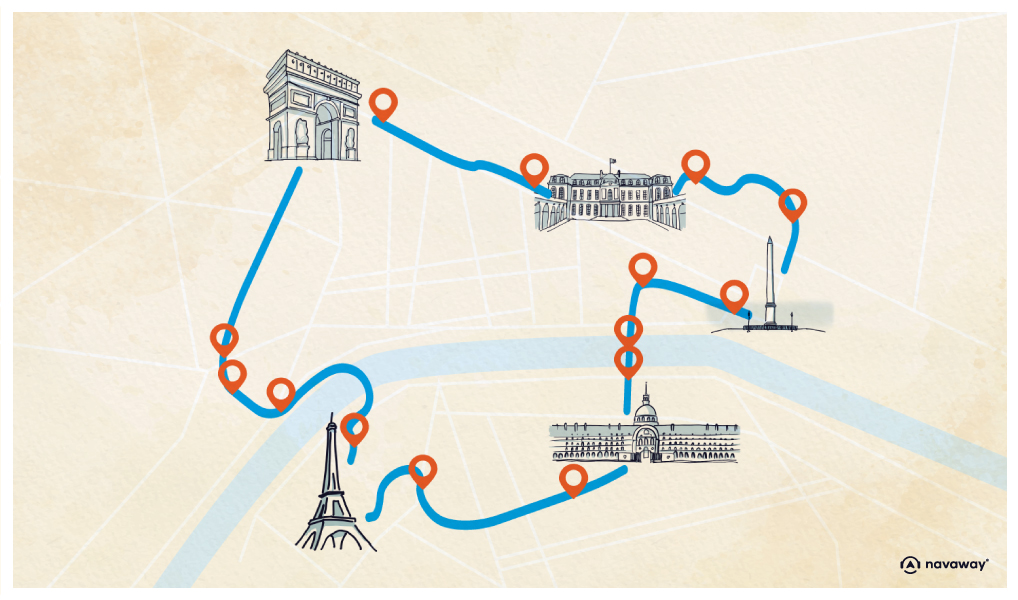
Élysée Palace
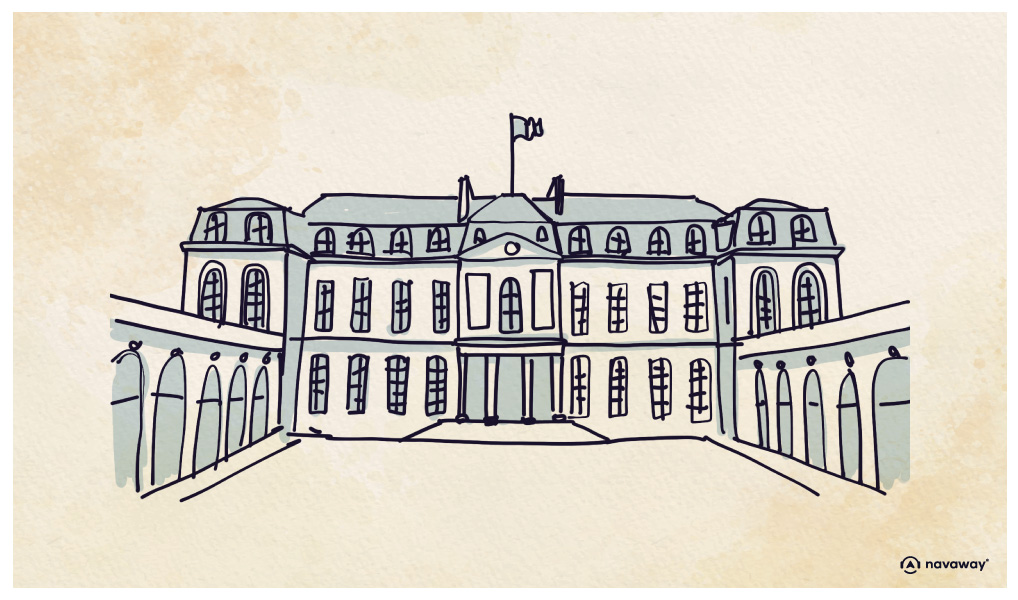
This point of interest is available as audio on the tour: Visit Paris, On the Champs Elysées
We’re now on Rue Faubourg Saint Honoré, one of the most luxurious streets in Paris, lined with boutiques, art galleries and private mansions. More importantly, it’s home to the President of France, the Interior Minister and the U.S. Ambassador. At no. 55, you’ll find the Élysée Palace, the official residence of French presidents ever since the French Second Republic! For the record, the first president of France was elected by universal suffrage –the first in the world, though only men voted– and he was none other than Louis Napoleon Bonaparte, nephew of Napoleon I! Not to be confused with Napoleon Louis Bonaparte, son of Napoleon I! They didn’t exactly make it easy for us by naming them all the same! So, Louis Napoleon Bonaparte was the only president of the Second Republic. Unable to run for re-election, he took matters into his own hands, staging a coup and crowning himself Emperor Napoleon III the following year. But who lived at the Élysée Palace before him? Was it built for the occasion? Well, not at all! The palace was built in the early 18th century by Antoine Crozat, the richest man in France at the time, for his nephew, the Count of Évreux. This stunning mansion was never meant to become the seat of French political power. It was once home to great aristocrats like Madame de Pompadour, Louis XV’s mistress, and then to cousins, nephews and brothers of kings and emperors. In 1797, it even became a café-concert, run by a Flemish couple. Then, in 1870, Napoleon III was overthrown, and a few years later, Patrice de Mac Mahon was elected and took up residence at the Élysée Palace, where he received the first international political visit. On January 22, 1879, the Élysée Palace was officially declared the presidential residence by French law. Imagine that, at that time, there was neither electricity nor a telephone! It was up to the next few presidents to bring the palace into the modern age. Time for a quick brush-up on French presidents! Jules Grévy installed the first telephone lines, and Sadi Carnot paid to have the central building fitted with electricity! Armand Fallière added an elevator, and Raymond Poincaré finished the electrical work, added bathrooms and installed the first heating system. Vincent Auriol and, more importantly, his wife renovated and modernized the entire palace, before Charles de Gaulle, who hated the place and wished he could live someplace else, reorganized the palace as we know it today. Valéry Giscard d’Estaing even opened the palace to the public for some time, but security concerns and the sheer number of visitors forced them to close it off again. You can visit the interior of the Palace only on Heritage Days.

Discover other tours to visit Paris

Discover Paris with app
An interactive guide through the most beautiful streets, squares, and districts
18 fun audioguides full of historical facts, anecdotes, and legends
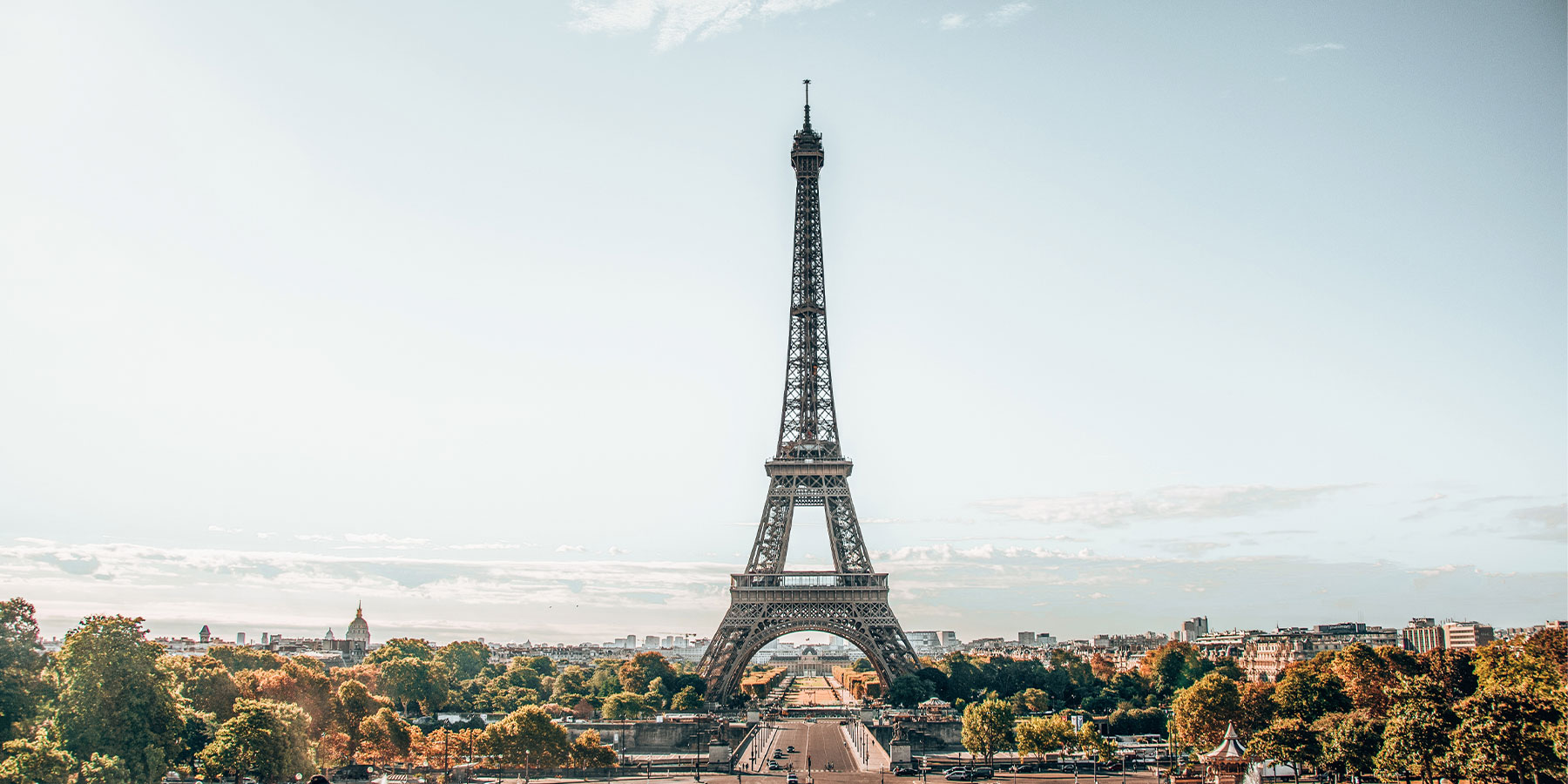

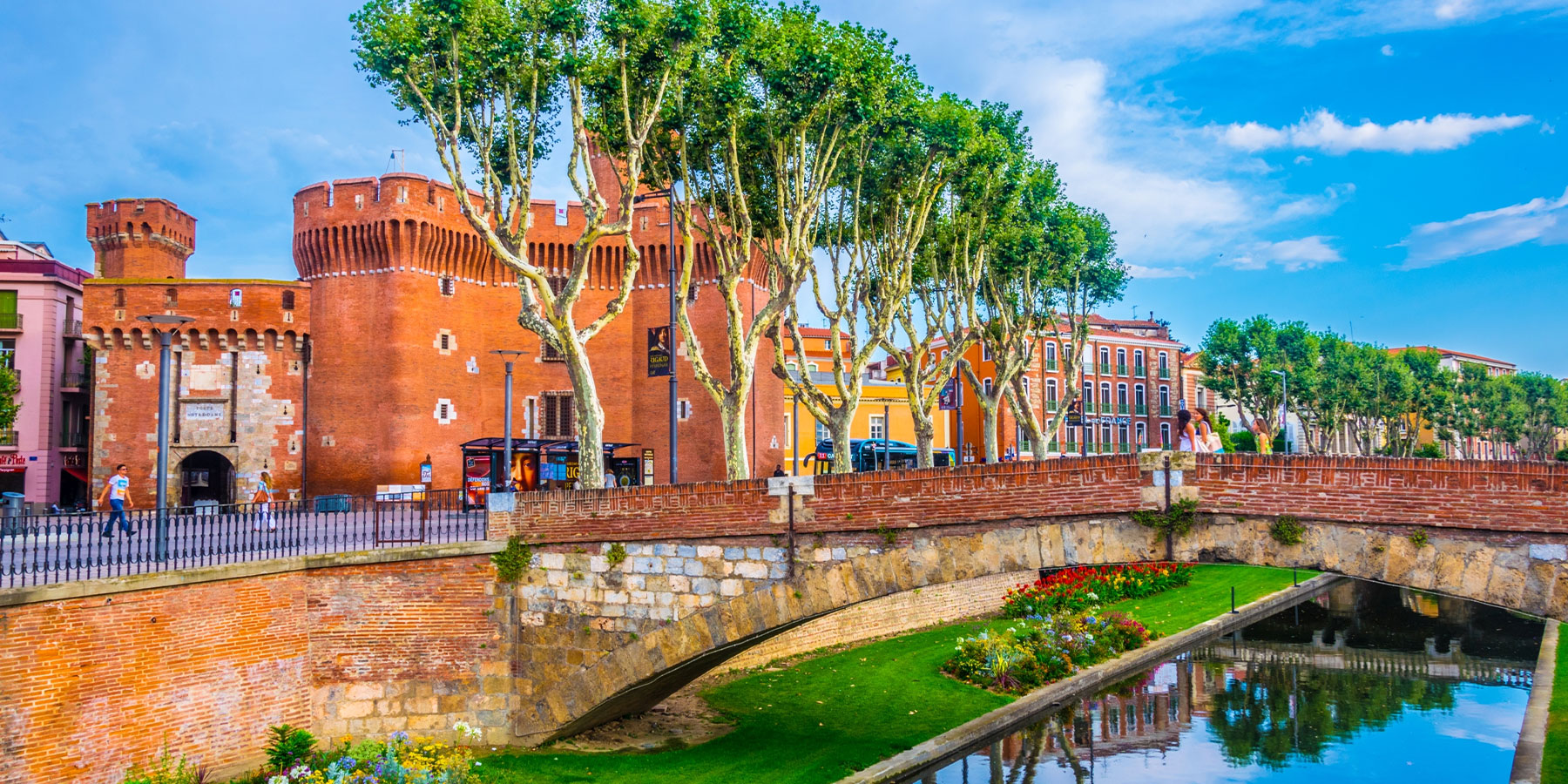
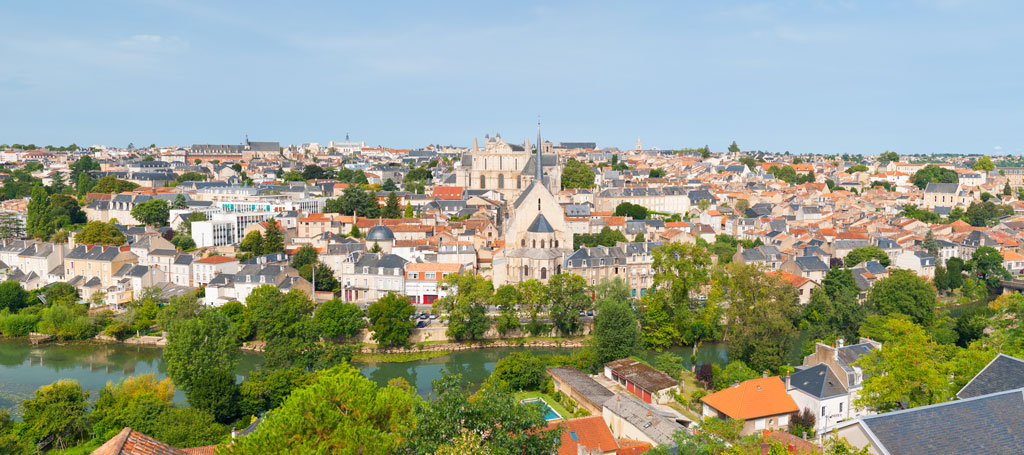


Comments